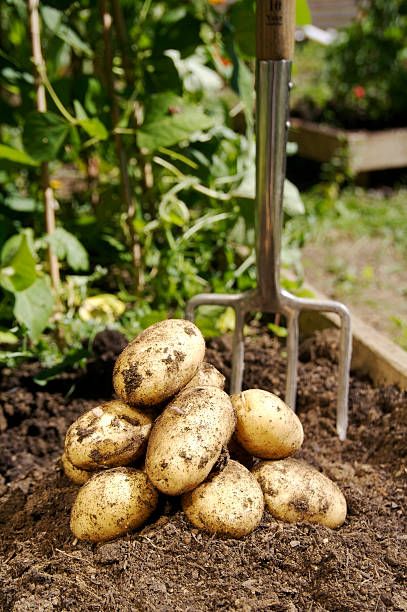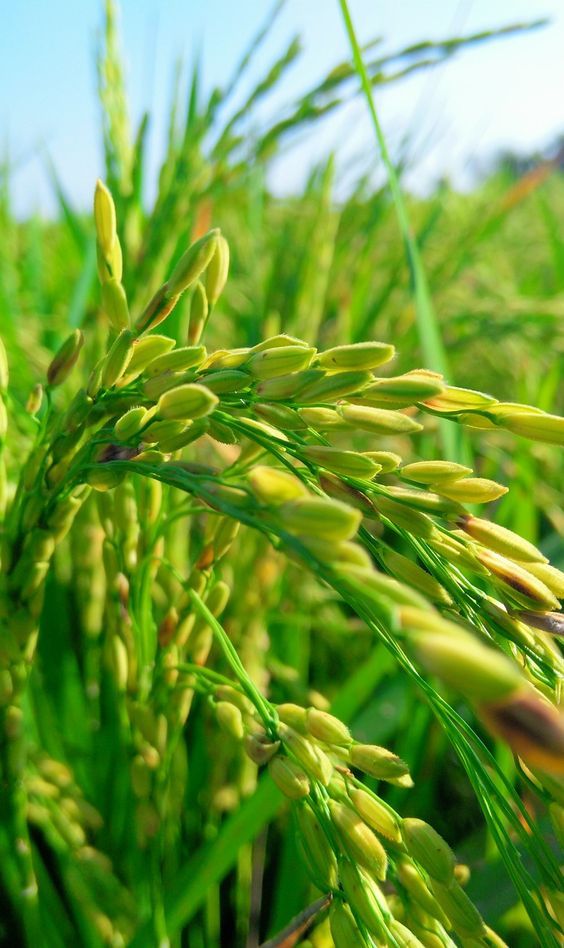Sweet Potato Cultivation Tips: A Comprehensive Guide
Sweet Potato Cultivation Tips, a staple food in many cultures, are not only delicious but also offer significant nutritional benefits. Cultivating these versatile tubers can be a rewarding endeavor, providing a steady supply of fresh produce for your family or even a profitable venture. This article delves into the essential aspects of sweet potato cultivation, offering practical tips to optimize your yield and quality.
Contents
- 1 the Benefits of Sweet Potato Cultivation Tips
- 2 Goals of Sweet Potato Cultivation
- 3 Key Factors for Sweet Potato Success
- 4 Sweet Potato Cultivation Tips
- 5 Understanding Sweet Potato Varieties
- 6 Sweet Potato Slips: The Foundation of Your Crop
- 7 Nutrient Management for Optimal Yield
- 8 Irrigation and Water Management
- 9 Pest and Disease Management
- 10 Harvesting and Curing
- 11 Storage and Marketing
the Benefits of Sweet Potato Cultivation Tips
Sweet Potato Cultivation Tips,Before diving into the cultivation process, it’s crucial to recognize the advantages of growing sweet potatoes:
- Nutritional Value: Rich in vitamins, minerals, and fiber, sweet potatoes contribute to a healthy diet.
- Economic Potential: With increasing demand for organic and locally grown produce, sweet potato cultivation can be a profitable venture.
- Soil Improvement: Sweet potatoes help in improving soil structure and fertility.
- Drought Tolerance: Relatively drought-resistant, sweet potatoes are suitable for regions with limited water resources.
- Versatility: Sweet potatoes can be consumed in various ways, from baked and mashed to fries and pies.
Goals of Sweet Potato Cultivation
Successful sweet potato cultivation hinges on clear goals. Consider the following:
- Commercial Production: If aiming for commercial production, focus on high-yielding varieties, efficient harvesting techniques, and market analysis.
- Subsistence Farming: Prioritize varieties suitable for local consumption, disease resistance, and storage potential.
- Home Gardening: Choose compact varieties, easy cultivation methods, and space-saving techniques.
Key Factors for Sweet Potato Success
Several factors influence sweet potato growth and yield:
- Climate: Sweet potatoes thrive in warm, sunny climates with well-drained soil.
- Soil: Loose, sandy loam with good drainage is ideal. Avoid heavy clay soils.
- Variety Selection: Choose varieties adapted to your region’s climate and intended use.
- Propagation: Sweet potato slips are commonly used for planting.
- Planting and Spacing: Proper spacing ensures adequate sunlight and air circulation.
- Fertilization: Balanced fertilization promotes healthy growth and tuber development.
- Irrigation: Regular watering is essential, but avoid waterlogging.
- Weed Control: Keep the planting area weed-free to prevent competition for nutrients.
- Pest and Disease Management: Implement preventive measures and timely treatments.
- Harvesting and Curing: Proper harvesting and curing techniques preserve quality.
Sweet Potato Cultivation Tips
- Site Selection: Choose a sunny location with well-drained soil. Raised beds can improve drainage in heavy soils.
- Soil Preparation: Enrich the soil with organic matter before planting. Ensure good drainage.
- Propagation: Start with healthy sweet potato slips. Plant them in moist soil, covering the base.
- Planting: Space plants according to variety recommendations. Plant in warm soil after the last frost.
- Fertilization: Apply a balanced fertilizer before planting and side-dress with nitrogen-rich fertilizer during growth.
- Watering: Provide regular, deep watering, especially during dry periods. Avoid overhead watering to prevent diseases.
- Weed Control: Regularly remove weeds to prevent competition for resources. Mulching can help suppress weeds.
- Pest and Disease Management: Monitor for pests and diseases. Rotate crops to reduce disease buildup.
- Harvesting: Harvest sweet potatoes when the vines start to die back. Cure them before storage.
- Storage: Store sweet potatoes in a cool, dark, and dry place.
Understanding Sweet Potato Varieties
Sweet Potato Cultivation Tips,The diversity of sweet potato varieties offers a wide range of options for cultivators. Key considerations when selecting a variety include:
- Maturity: Early, medium, or late maturing varieties cater to different growing seasons.
- Skin and Flesh Color: Popular options include orange, yellow, and purple flesh with varying skin colors.
- Flavor Profile: Sweetness, texture, and dry matter content vary among varieties.
- Disease Resistance: Choosing varieties with resistance to common sweet potato diseases is crucial.
- Market Demand: If cultivating for commercial purposes, select varieties with high market demand.
Sweet Potato Slips: The Foundation of Your Crop
Sweet Potato Cultivation Tips,Producing high-quality sweet potato slips is essential for successful cultivation. Here’s how:
- Slip Preparation: Select healthy sweet potatoes for slip production. Cut them into sections with at least one node.
- Bed Preparation: Prepare a well-drained bed with a mix of sand and compost.
- Planting Slips: Plant the sweet potato sections horizontally in the prepared bed.
- Slip Management: Provide adequate water, sunlight, and ventilation for optimal slip development.
Nutrient Management for Optimal Yield
Sweet Potato Cultivation Tips,Proper fertilization is vital for maximizing sweet potato yield and quality. Key nutrients include:
- Nitrogen: Essential for vine growth but excessive nitrogen can reduce tuber formation.
- Phosphorus: Promotes root development and tuber formation.
- Potassium: Improves tuber quality and disease resistance.
- Soil Testing: Conduct soil tests to determine nutrient deficiencies and apply appropriate fertilizers.
Irrigation and Water Management
Sweet Potato Cultivation Tips are relatively drought-tolerant, but consistent moisture is crucial for optimal growth and tuber development.
- Watering Frequency: Monitor soil moisture and water regularly, especially during dry periods.
- Avoid Waterlogging: Excessive water can lead to root rot and reduced yield.
- Drip Irrigation: Consider drip irrigation for efficient water application.
Pest and Disease Management
Several pests and diseases can affect sweet potato production. Preventive measures and integrated pest management strategies are essential.
- Common Pests: Sweet potato weevil, aphids, and leaf miners can cause damage.
- Common Diseases: Soilborne diseases like soil rot and fungal diseases like leaf spot can affect plants.
- Crop Rotation: Rotate sweet potatoes with non-host crops to reduce disease buildup.
- Resistant Varieties: Select varieties with resistance to common pests and diseases.
Harvesting and Curing
Sweet Potato Cultivation Tips,Timing the harvest is crucial to maximize yield and quality.
- Harvest Maturity: Determine harvest maturity based on variety and desired market size.
- Harvesting Techniques: Carefully dig up sweet potatoes to avoid damage.
- Curing: Cure sweet potatoes for several days in a warm, humid environment to improve storage life.
Storage and Marketing
Sweet Potato Cultivation Tips,Proper storage is essential to maintain sweet potato quality.
- Storage Conditions: Store sweet potatoes in a cool, dry, and well-ventilated area.
- Market Preparation: Clean, grade, and package sweet potatoes according to market requirements.
- Marketing Channels: Explore various marketing channels, including farmers’ markets, grocery stores, and online platforms.
By following these comprehensive guidelines and adapting them to your specific growing conditions, you can achieve successful sweet potato cultivation and enjoy the rewards of this versatile crop.
Sweet Potato Cultivation Tips,By prioritizing soil health, sweet potato cultivators can create a sustainable and productive growing system. By understanding soil composition, structure, biology, and nutrient management, growers can enhance crop resilience, reduce environmental impact, and produce high-quality sweet potatoes.




